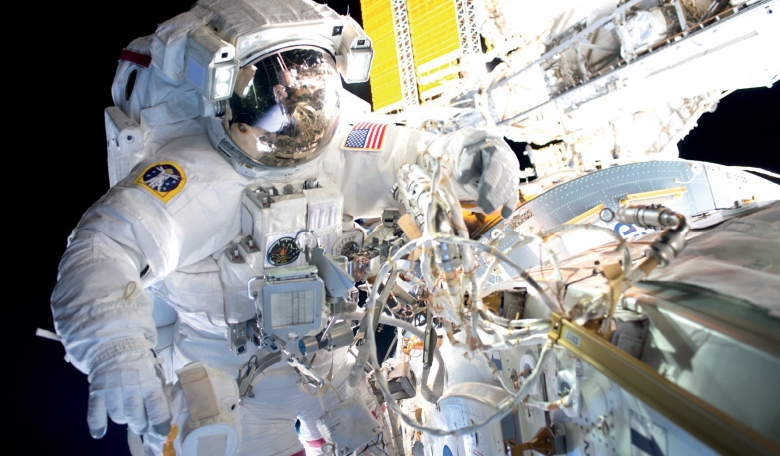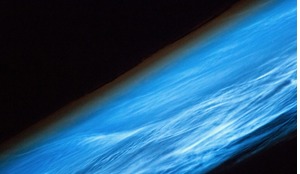As NASA prepares to send humans to the Moon and later to Mars, a new set of technologies is paving the way for a more integrated and versatile approach to astronaut monitoring and interaction with their environment. Advances in wearable technologies are revolutionising how humans engage with the worlds around them, providing instantaneous information on internal and external conditions, and converting a wealth of data into usable knowledge. These advances are enabling NASA to envision an integrated data environment within which to monitor crew health, accelerate crew training and provide operational guidance in real-time. At the same time, technology translation between terrestrial and space applications is generating a wide range of benefits to space exploration, ground-based healthcare and human social interaction.
The functionality and purpose of wearable technologies can be categorized in a number of different ways depending upon the particular emphasis being highlighted. Here, we focus on the purpose of the technology and consider functionality as a secondary consideration designed to meet the specific purpose. To this end, we have separated our discussion into four distinct purposes: internal sensing, external sensing, augmented sensing and diagnostic sensing.














